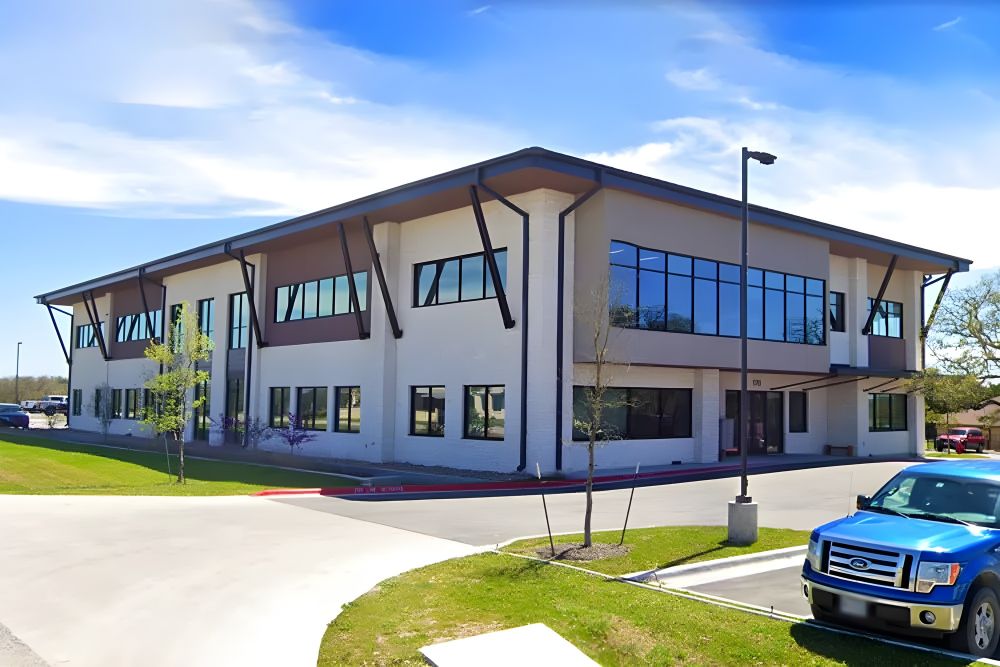How Sacroiliac (SI) Joint Fusion Can Help Relieve Chronic Pelvic Pain
May 23, 2025
.png)
If you’ve been living with chronic pelvic pain, you know how frustrating and limiting it can be. What’s worse, many people go years without a clear diagnosis, especially when the pain originates from the sacroiliac (SI) joint, a commonly overlooked source of lower back and pelvic discomfort. Fortunately, for patients who don’t respond to conservative treatments, SI joint fusion may offer lasting relief.
At Greater Austin Pain Center, we specialize in diagnosing and treating the true source of your pain, including SI joint dysfunction. In this blog post, we’ll explain what the SI joint is, how it can contribute to chronic pelvic pain, and how SI joint fusion can provide long-term improvement in pain, mobility, and quality of life.
What Is the Sacroiliac (SI) Joint?
The SI joint connects the sacrum (the triangle-shaped bone at the bottom of your spine) to the iliac bones (the large bones that make up the pelvis). You have two SI joints—one on each side. These joints help transfer weight and movement between your upper body and legs, playing a crucial role in your posture and gait.
When the SI joint becomes inflamed, unstable, or injured, it can cause deep pain in the lower back, buttocks, hips, or groin. This condition is called SI joint dysfunction, and it often mimics other spine or hip problems, making it difficult to diagnose.
Symptoms of SI Joint Dysfunction
Many people with SI joint pain report:
- Aching or stabbing pain in the lower back or pelvic area
- Pain that worsens with standing, walking, or climbing stairs
- Discomfort when transitioning from sitting to standing
- Pain that radiates into the hip, buttock, or groin
- Sleep disturbances due to pain at night
If you’ve tried physical therapy, medications, or injections with minimal relief, it may be time to consider a more permanent solution, like SI joint fusion.
What Is SI Joint Fusion?
SI joint fusion is a minimally invasive surgical procedure designed to stabilize the joint and reduce inflammation by permanently fusing the sacrum and ilium together. This is typically done using small titanium implants or screws inserted through a tiny incision under X-ray guidance.
The goal of the procedure is to eliminate excessive movement in the SI joint, which can be a significant contributor to chronic pelvic and lower back pain.
How SI Joint Fusion Works
The goal of sacroiliac (SI) joint fusion is to reduce pain by stabilizing the joint and limiting excessive movement. This is achieved through a minimally invasive surgical approach designed for safety, precision, and faster recovery. Here's how it works:
- A small incision is made near the affected SI joint, usually about 1–2 inches long.
- Surgical tools are inserted under fluoroscopic (real-time X-ray) guidance to ensure accurate placement and minimal disruption to surrounding tissues.
- Titanium implants or screws are inserted across the SI joint to hold the sacrum and ilium in proper alignment.
- Bone growth is stimulated, allowing the joint to naturally fuse over time, which reduces inflammation and restores stability.
The procedure typically takes less than an hour, and patients go home the same day in most cases.
Who Is a Candidate for SI Joint Fusion?
You may be a candidate for sacroiliac joint fusion if you:
- Have been diagnosed with SI joint dysfunction
- Have persistent chronic pelvic pain that hasn’t responded to conservative treatments
- Experienced short-term relief from SI joint injections or radiofrequency ablation
- Are otherwise healthy enough for a minimally invasive procedure
At Greater Austin Pain Center, we perform a thorough evaluation using physical exams, diagnostic imaging, and response to SI joint injections to confirm that your pain originates from the SI joint.
Benefits of SI Joint Fusion
For the right candidate, SI joint fusion can provide significant and lasting benefits:
Long-Term Pain Relief
By eliminating the abnormal movement in the sacroiliac joint, SI joint fusion helps relieve pain at its source. Patients often report a significant reduction in lower back and pelvic pain within weeks of the procedure. Because the joint is permanently stabilized, many people enjoy lasting relief without the need for repeat injections, nerve blocks, or constant medication.
Improved Mobility and Function
Chronic pelvic pain can interfere with basic daily movements like standing, sitting, walking, or even getting out of bed. After a successful SI joint fusion, many patients regain the ability to move with less restriction and more confidence. Whether you're getting back to work, enjoying time with family, or simply walking around pain-free, improved joint stability can make a world of difference in your day-to-day life.
Outpatient Procedure with Quick Recovery
Thanks to modern surgical techniques, most SI joint fusions are minimally invasive and performed as outpatient procedures. That means shorter surgery times, smaller incisions, and faster recovery than traditional open surgeries. Many patients return to light activity within 2–4 weeks and resume normal routines in a matter of months, with less postoperative pain and a lower risk of complications.
Reduced Need for Medication
For many people suffering from SI joint dysfunction, long-term pain medications only offer temporary relief. With successful SI joint fusion, the need for daily painkillers, muscle relaxants, or even opioids can be greatly reduced—or eliminated altogether. This not only improves your quality of life but also helps avoid the long-term risks of medication dependence or side effects.
What to Expect During Recovery
Recovery times vary, but most patients can return to light activities within 2–4 weeks. A full return to normal activities, including exercise and work, may take a few months, depending on how well the fusion progresses. Your provider will guide you through a customized rehab plan to support healing.
Take the First Step Toward Relief
If you’ve been living with chronic pelvic pain and suspect it may be related to your SI joint, don’t wait to get the help you need. Our experienced team at Greater Austin Pain Center is here to help you explore your treatment options, including SI joint fusion. With locations in Austin, Dripping Springs, San Marcos, Kyle, and throughout the Austin area, we’re committed to offering local, compassionate pain management care.
Call today or schedule a consultation online to learn more about whether sacroiliac joint fusion is right for you.

















